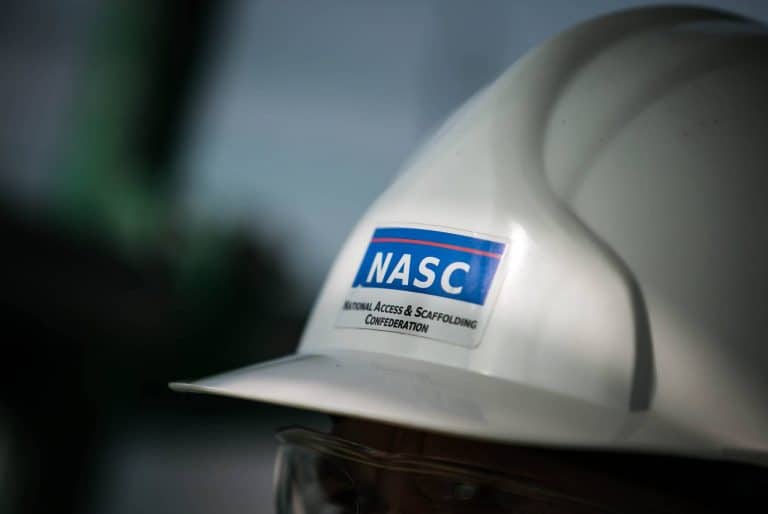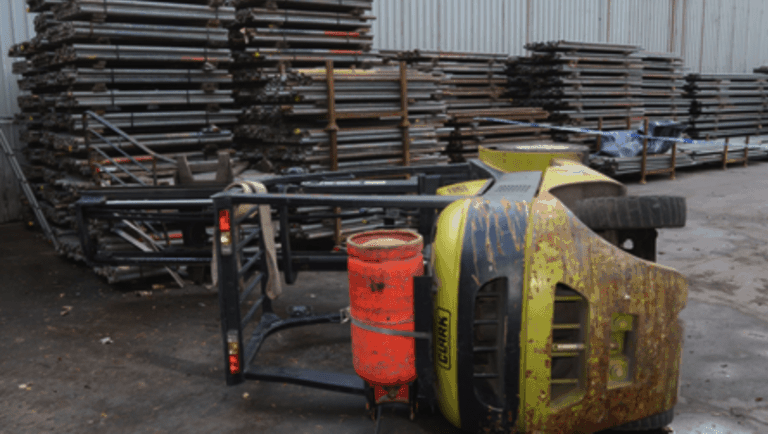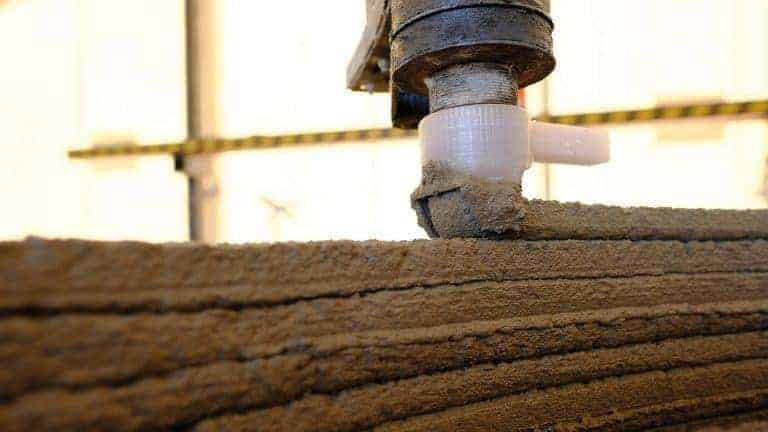Financing The Scaffolding Industry
Scaffolding and construction companies of all shapes and sizes need consistent support in terms of valuable business help. Running any business carries financial implications and problems from time to time. For starters, there’s the age old problem of ‘invoices’. And in many cases it would seem, ‘the cheque is still in the post’.
It’s a fact if everyone paid when they should life would be easier, but it often does not work like this in the real world. Those working in a finance department spend much of their time chasing up payment for a whole range of items and services. With this in mind, lots of companies employ financial experts to help with the problem.
NASC Launches Product Purchasing Guidance
The National Access and Scaffolding Confederation have produced six new product guidance documents. This valuable go-to information has been compiled to help contractors ensure the equipment they source is up to current standards.
The Detail
Each PG note details purchasing best practice, so potential customers can match outlining standards in terms of both manufacturing and testing, to the products they want to purchase. This includes what to look for, what relevant information they should request, and what a test certificate looks like. The PG notes are intended to be used in tandem with the NASC’s Code of Practice (CoP) compliant product list, which corresponds to the six PG product categories. All products on this list have been UKAS (The United Kingdom Accreditation Service) accredited independent laboratory tested, over and above the testing and third-party approval standards of the manufacturer and supplier.Important Guidance
“Currently, as matters stand, there is no authority or organisation in the UK that licences or approves scaffolding and access equipment, said NASC Managing Director, Robert James. “And although, for example, system scaffolding, couplers and scaffold tube do have their own set of BS EN standards to which they should be manufactured, there is no independent UK third party approval scheme in place to audit or verify against and check that such products are being correctly manufactured and comply with these standards. “Clearly this is not an ideal situation in an industry operating at height. It’s in everyone’s interests the products we purchase and use daily, fall under some form of independent external scrutiny and third-party minimum standards.An Impressive Range
These trending documents are numbered PG1:18 to PG6:18, and cover a range of product categories including high tensile tube, timber boards, couplers, aluminum beams and system scaffolds. All technical specifications are included. Robin added: “Through the publication of the new PG notes, contractors can ensure the products they hire or buy are safe and compliant to BS EN standards. This can either by achieved by selecting equipment on the NASC’s COP compliant product list, which includes products that have successfully passed rigorous independent testing, or by carrying out your own checks on products not on the list using the guidance and tips included in the PG documents.”Future Expansion
The NASC CoP compliant product list will be expanded as required. PST units are due to be added in January 2019, and a corresponding PG note will follow shortly after. Providing such important literature will help continue to keep safety standards and values at the highest levels within the industry, as well as offering complete peace of mind for purchasers. It seems certain the guidelines will be welcomed within the scaffolding industry.Securing Copies
Hard copies can be purchased via the NASC online shop – For more information please contact Simon Robinson, NASC Marketing Manager, via email at [email protected] Telephone: 020 7822 7400Leeds Scaffolding Firm Fined £60K For Safety Breaches
A scaffolding company has been sentenced for safety breaches after a worker was crushed by a forklift truck.
Leeds Magistrates Court heard how in October 2016, a Whiterose Scaffolding (Leeds) Ltd operative was using a forklift truck in the yard when the vehicle overturned, trapping him underneath it for some time.
The worker sustained serious life changing internal injuries. He now lives with constant chronic pain and has severe mobility issues.
A Health and Safety Executive (HSE) investigation found that the company had failed to provide training to their employees on the safe operations of forklift trucks, which would have included the importance of wearing seatbelts.
The company also failed to provide adequate supervision and monitoring of the forklift truck operators to ensure they were only operated by trained drivers and that safe driving techniques were followed.
Whiterose Scaffolding (Leeds) Ltd of Holbeck Lane, Leeds pleaded guilty to breaching the Health and Safety at Work Act 1974 and has been fined £54,270 and ordered to pay £8000 in costs.
After the hearing, HSE inspector Andrea Jones commented: “The employee’s injuries were life changing and could have been fatal. The impact has been devastating on him and his family. Other employees were put at risk as a result of the company allowing fork lift trucks to be used without the appropriate training and monitoring of drivers.
“Those in control of work have a responsibility to devise safe methods of working and to provide the necessary information, instruction and training to their workers in the safe system of working”.
Scaffolding Software Drawing On New Heights
The innovative Avontus software is now building on advanced technology to create a number of exceptional features and improvements.
There’s little doubt having a competitive edge in the scaffolding industry can be good for business. In fact, it can benefit everyone in terms of safety and efficiency. What’s more, it keeps everyone else on their toes as they search for new ways to deliver the latest technical innovations and practical, easy-to-use solutions to both companies and the public alike, as our digital age gathers pace. In the latest release of Scaffold Designer and the companion Scaffold Viewer app, it’s possible to bring your vision into the real world with Augmented Reality (AR). Review your drawing with customers and crews as it rises from the page in full 3D – and with a final check at the job-site at actual scale, you can ensure your scaffold meets the customer’s needs before unloading the first base jack. Avontus Vice President of Operations, Andrew Smith told us: “One of the biggest bottlenecks in making sure a job is done right the first time is ensuring designs are complete and accurate. Whether you’re a scaffold designer, salesperson, builder or customer, reviewing a scaffold in augmented reality, virtual reality, and interactive 3D is now possible with Scaffold Viewer. Easily upload your scaffold drawings from Scaffold Designer to Scaffold Viewer Cloud and review for free on Windows Desktop, iOS, Android, and Microsoft HoloLens.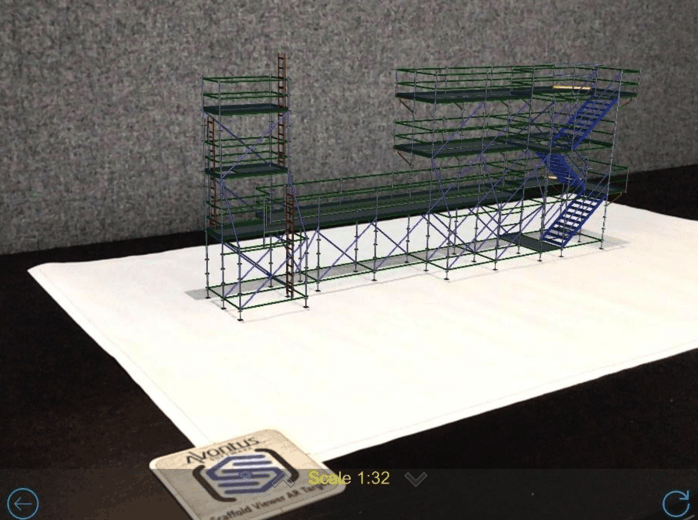 “As always, customer feedback drives us to improve our products and make sure they work for everyone. That’s why in addition to AR Scaffold Designer now offers complete control of scaffolds for circular tanks. With our simple, flexible, and effective work-flow clients can take key requirements and automatically generate a circular scaffold to exact specifications.
“Also, structural components such as Slabs and Beams can now be identified and detailed, allowing complex work environments to be modeled with ease. Whether hanging a scaffold from a pipe rack or under a bridge, you can clearly communicate the proposed scaffold to your customers and crews, without needing an entire drawing package from an engineer.”
“As always, customer feedback drives us to improve our products and make sure they work for everyone. That’s why in addition to AR Scaffold Designer now offers complete control of scaffolds for circular tanks. With our simple, flexible, and effective work-flow clients can take key requirements and automatically generate a circular scaffold to exact specifications.
“Also, structural components such as Slabs and Beams can now be identified and detailed, allowing complex work environments to be modeled with ease. Whether hanging a scaffold from a pipe rack or under a bridge, you can clearly communicate the proposed scaffold to your customers and crews, without needing an entire drawing package from an engineer.”
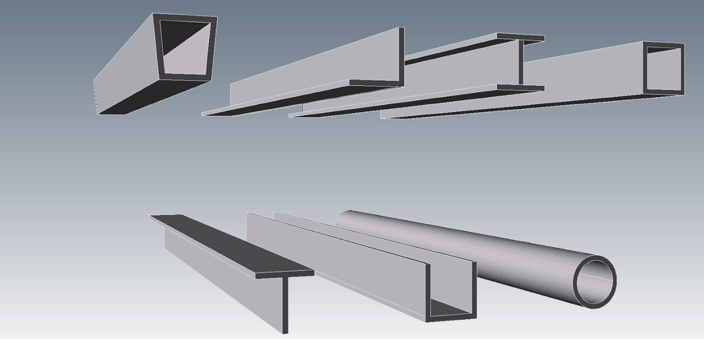 This all means anyone can visualise scaffold projects within minutes of hitting the screen. In essence, it’s preparing for any job the easy way. All you need do is import a plan, then drag and drop scaffolds wherever you want them. Scaffold Designer automatically creates a 3D model and a list of materials. From here all you have to do is build it.
The company maintains you don’t have to be a whiz kid or technically brilliant to use this cutting-edge software. And with their easy to understand guidance, it’s amazing what can be achieved in a short space of time. Taking your scaffolding drawings to new heights has never been easier.
The clear message from Avontus is why not Bring your vision into the real world with the newest update to Scaffold Designer? Raising the bar with the latest technology is set to revolutionise the whole industry.
For more information visit www.avontus.co.uk/scaffold-viewer
This all means anyone can visualise scaffold projects within minutes of hitting the screen. In essence, it’s preparing for any job the easy way. All you need do is import a plan, then drag and drop scaffolds wherever you want them. Scaffold Designer automatically creates a 3D model and a list of materials. From here all you have to do is build it.
The company maintains you don’t have to be a whiz kid or technically brilliant to use this cutting-edge software. And with their easy to understand guidance, it’s amazing what can be achieved in a short space of time. Taking your scaffolding drawings to new heights has never been easier.
The clear message from Avontus is why not Bring your vision into the real world with the newest update to Scaffold Designer? Raising the bar with the latest technology is set to revolutionise the whole industry.
For more information visit www.avontus.co.uk/scaffold-viewer Annual CISRS Instructors Conference Takes Place
The annual CISRS Instructors Conference took place this week at NCC’s training facility in Bircham Newton, Norfolk.
More than 40 instructors from CISRS centres across the UK attended the one-day event. The latest scaffolder training news and updates were shared and discussed. The conference was chaired by David Mosley, CISRS Scheme Manager, who gave a presentation covering updates to Pt1, Pt2 and Advanced courses, CPD and systems scaffolding. According to a CISRS press release, Tony Barry of NCC Midlands and Access and Scaffolding Industry Training Organisation (ASITO) committee member also delivered an update on Trailblazer, the standard, end point assessment and external qualification assessment. Martin Coyd of Mace Group and Rev. Kevin Fear from CITB co-presented a session on Building Mental Health which included a tool box talk that can now be delivered by the instructors, the press release said. Martin, Operations Director – Health, Safety & Wellbeing, said: “Kevin and I were grateful for the opportunity to speak at the conference and given the platform to discuss the current mental health crisis and how the whole industry can work together with the Building Mental Health Framework to bring about change. “If we all pull in the same direction, we can reach the everybody who works in construction and offer simple solutions and signpost people to existing sources of support. Together, we can make a real change.” The conference also featured a breakout session where instructors provided their view on a range of topics including CISRS instructor qualification criteria, training centre capacity and training facility criteria. Thomas Winters, Director at All Access Training, said: “As a new CISRS provider, this was my first Instructor conference and I really enjoyed it. It was good to get a chance to meet up with other providers for a meal and a few drinks the night before. “The conference gave us the opportunity to put over our opinions directly to CISRS on what we think works and what we feel could be improved.”SMART Scaffolder launches latest software update for 2019
Scaffolding software providers SMART Scaffolder have launched its 2019 SMART Estimator update.
SMART Scaffolder are constantly adding new functionality to their design, estimating and TG20:13 compliance software SMART Estimator. Having asked their customers what they would most like developed, the new 2019 release now provides for estimating chimney stacks for the first time! Easily created as a realistic looking 3D model, the estimates produce accurate prices for labour and materials in an automatic quote together with professional-looking drawings, material lists and weights. Commenting on the update Ian Chambers, Sales and Marketing Director at SMART Scaffolder, said: “we always listen to what our customers tell us and this year’s release really focuses on those most requested features. What’s really exciting is that we have even more requested new features that will appear over the next few months so that we are always delivering what scaffolders need most”.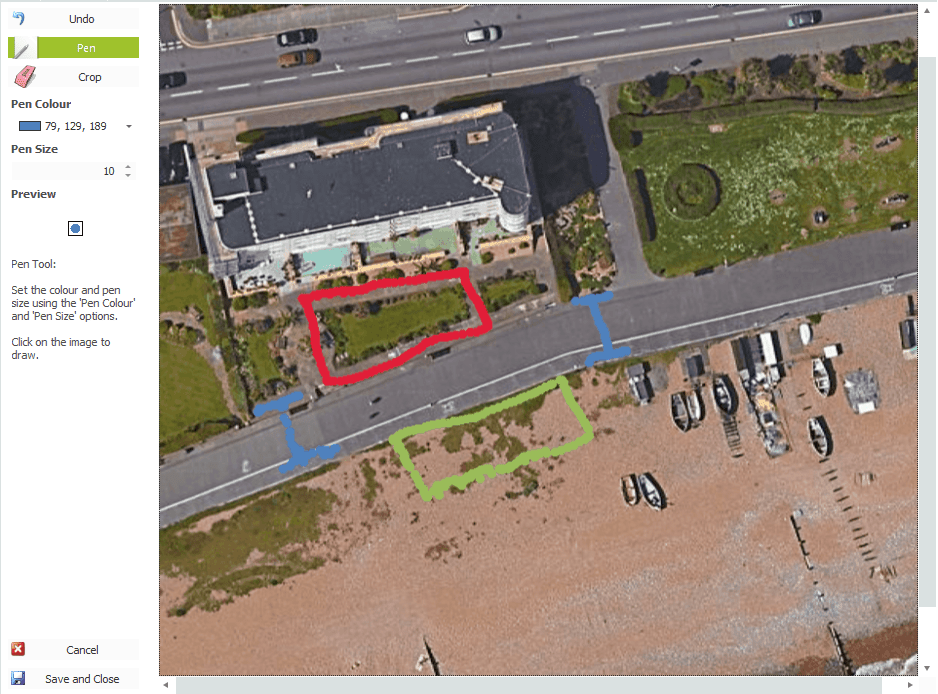 The software firm says there are plenty of other improvements in the 2019 release, including the ability to import and estimate from site plans & Google satellite images, new pricing options, greater design flexibility and improved speed & usability.
According to the firm, when combined with the existing powerful functionality, the new features make SMART Estimator the most comprehensive estimating software scaffolders can buy.
To see more details, visit the SMART Scaffolder website.
The software firm says there are plenty of other improvements in the 2019 release, including the ability to import and estimate from site plans & Google satellite images, new pricing options, greater design flexibility and improved speed & usability.
According to the firm, when combined with the existing powerful functionality, the new features make SMART Estimator the most comprehensive estimating software scaffolders can buy.
To see more details, visit the SMART Scaffolder website. 
